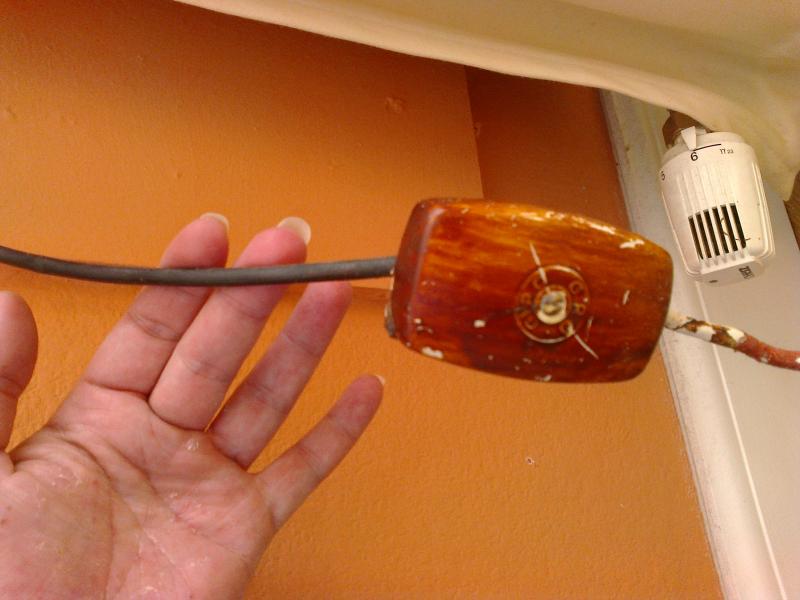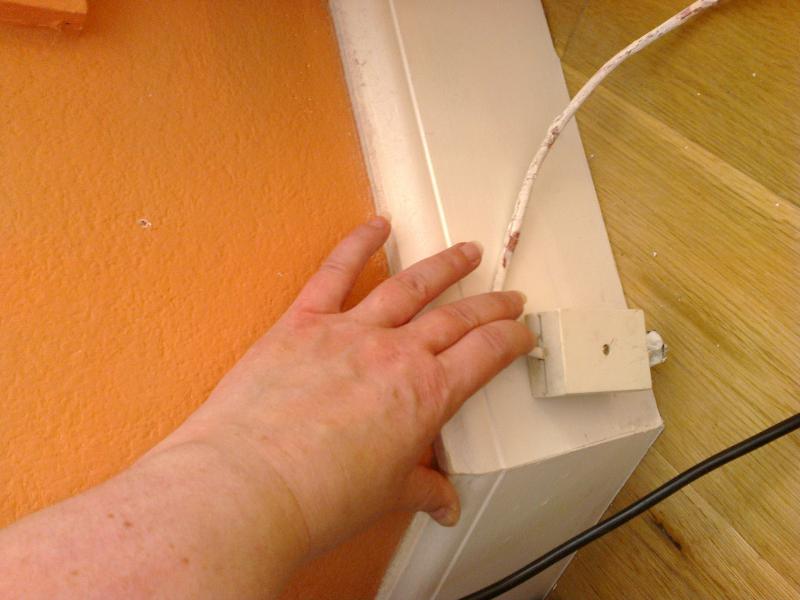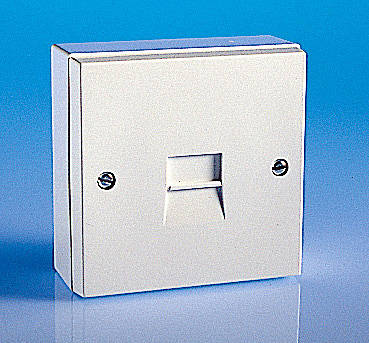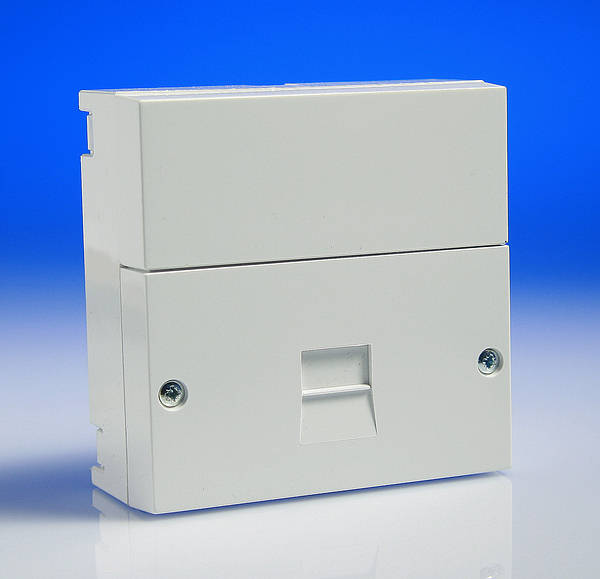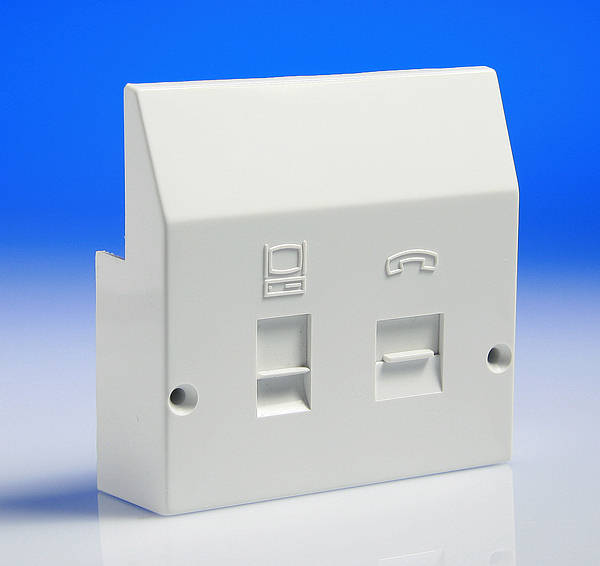I want to replace a section of the phone cable - it's just this huge length of manky old cable hanging about (and it's annoying me!!) but I'm not sure if it's something I should be doing.
The black cable comes in from outside and goes into a really ancient looking junction box. From the junction box there is the big length of cable that I want to replace. This goes into what looks like another junction box (no idea why there's two within about 18 inches of each other). From this junction box, two cables come out and go under the floor.
We don't have a master socket - the phone socket is just a bog standard socket.
From what I've read, I shouldn't be replacing anything between the outside and master socket - but if we don't have a master socket, does that still apply?
Here's a couple of pics to try and show what I mean
The black cable comes in from outside and goes into a really ancient looking junction box. From the junction box there is the big length of cable that I want to replace. This goes into what looks like another junction box (no idea why there's two within about 18 inches of each other). From this junction box, two cables come out and go under the floor.
We don't have a master socket - the phone socket is just a bog standard socket.
From what I've read, I shouldn't be replacing anything between the outside and master socket - but if we don't have a master socket, does that still apply?
Here's a couple of pics to try and show what I mean


